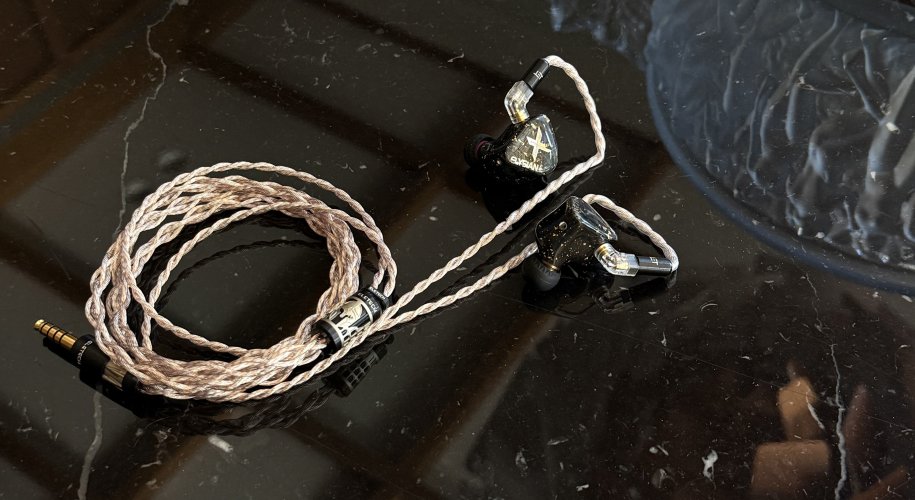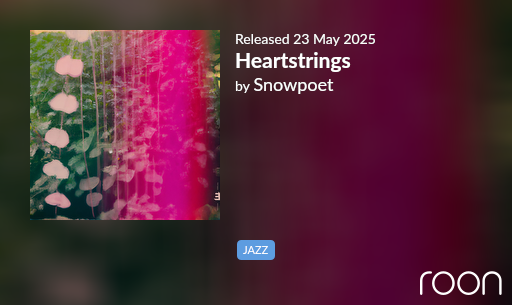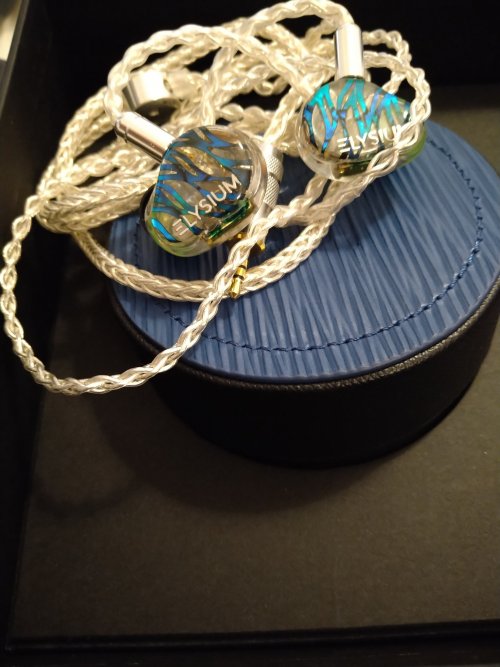Point well made! There is a person-gear interaction X factor that is pretty unpredictable. That said, I tend to think of 'Real" as the Apex Predator of the spectrum from artificial.....natural. The words can get in the way ,but building a translation guide is a worthwhile endeavor. Beiong someone who listens to lots of acoustic jazz (among other things) I tend to think that terms like 'real' and 'natural' doe not have any application to synthesized music- since there is, to paraphrase - "no THERE there". They are free-style drawings, not portraits-not in a judgment sense, or that they lack aesthetic merit, but more in the sense of an elastic ruler bieng a bad measuring device
@SBranson has expressed similar sentiments as this regarding electronic music and soundstage-- there is no real "space' there or so to speak. That said there is definitely something about the natural quality of an analogue Moog synthesizer or the synthesized yet dense and organic timbre of a TR-808 bsssline. Campfire DDs tend to render both of these particularly well.
My sense of the word "real" is from the point of view of having played many instruments over the years, or in reference to playing with others. The "real" is the quality of the sounds sounding like being there playing them or sitting close listening to them.. and I mean acoustic music primarily. For an example the main lute from the opening of Rolf Lislevand's Dimimuito. On the Elysium, the instrument sounds "real". I can hear the subtle variations of plucking strength, the timbral differences of different strings.. the cues in the recording venue and seems to be mic'ed as if I was playing the instrument or at least floating right by the right hand.
That is "real"... in that the instrument isn't just conveying the musical idea but I can hear the instrument and the player as well. It highlights for me that a lot of other iems play the "idea" in their own way. There's nothing wrong with that as something like the Bravado 2 exaggerates the bass for a certain effect, other iems emphasize soundstage depth to give the appearance of watching the performance (regardless of how it's recorded), and others seem to put you on stage in the midst of the musicians.
The moniker of "real" applies to how realistic the instruments sound. Truth is, is that it's also based on a conglomeration of my suppositions and experiences so it might be slightly "relative"...
Anyway... not to labour the point too much but I say this to clarify some preference based judgements about gear. A for instance is the debate between the WM1A and WM1Z. Some prefer the former, some the latter. If you listen to electric guitars over acoustic ones, then there is no "real" for sure as electric guitars are altered by effects. How is anyone to know what the musician intended without actually hearing the instrument. Same with electronic music. There is no actual baseline to the tones that are generated in a computer.... I am speaking very broadly here so of course there's exceptions to these ideas, they serve to make a point.
A cello can be warmer or more strident but it's a good bet that a professional cellist isn't playing a plywood instrument from Amazon so if the instrument sounds like that then it's a good bet that the gear is not producing a "real" sound.. Until I heard the Elysium, I had only brushed against that realism in Stax but then that's just my personal journey..
Okay, so I did labour the point after all but I didn't want to get misconstrued. Something like the Moog isn't not "real" but when I label a piece of gear "real" sounding, it means I'm hearing things that coincide with my knowledge of the actual sounds of instruments. It's a feeling, and a memory and in some cases even a synaesthesia moment where I don't hear "sounds" but "instruments"...
edit... here's the song




































 . The soundstage is wider ,definitely, but not my much to my ears, I was expecting narrower on the Ely.
. The soundstage is wider ,definitely, but not my much to my ears, I was expecting narrower on the Ely. ?
?
